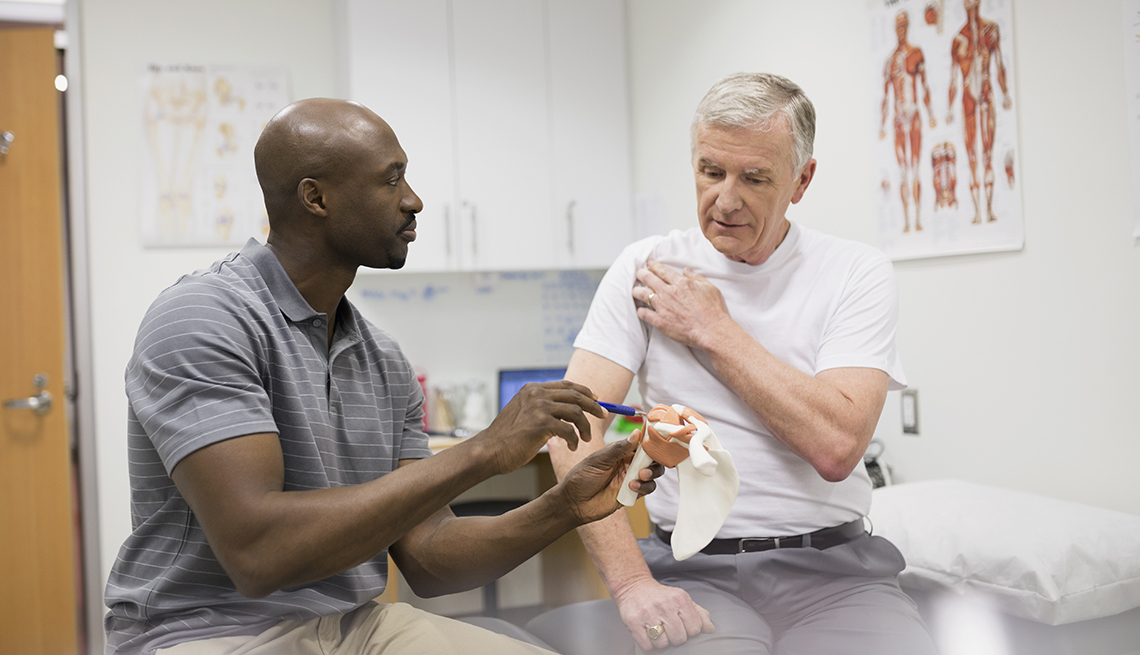AARP Hearing Center
| Thanks to the creaky knees and aching backs of aging Americans, it’s no surprise that so many surveys of fast-growing professions rank physical therapy high on the list. The median salary is $75,000, and the U.S. Bureau of Labor Statistics forecasts a sizzling 39 percent growth rate in the coming decade. More surprising, though, is that it’s such a satisfying job, with a recent Forbes survey ranking it the third-happiest profession. (Only clergy and firefighters scored higher.)
One of the Happiest Jobs on Earth
“People go into this field because they want to help people get healthy and live better,” explains Jody Frost, PT, DPT, PhD, and a spokesperson for the American Physical Therapy Association (APTA). “But unlike other health professions, where you might interact with patients for just five minutes, a PT works with people over an extended period of time. It’s a real relationship. That’s what makes it so rewarding.”
But becoming a physical therapist isn’t easy, and the extensive schooling scares off many midlife job-seekers. The field started in the World War I era, initially focusing on amputees and polio victims, but standards have been raised continually, and now require a doctoral-level degree, or DPT. Because the programs are rigorous, very few offer part-time, evening, or weekend options. And for older students, there’s the increased chance that old college credits may not transfer. While entry level salaries are high—between $60,000 and $65,000, reports the APTA—so is tuition for physical therapy education. Expect to pay $47,000 for public programs, and up to $90,000 for those at private universities.
“For someone in their 40s or 50s, this is an expensive commitment,” she says. “People have to ask themselves, `How many years do I have to work to make it worth it?’”






























































